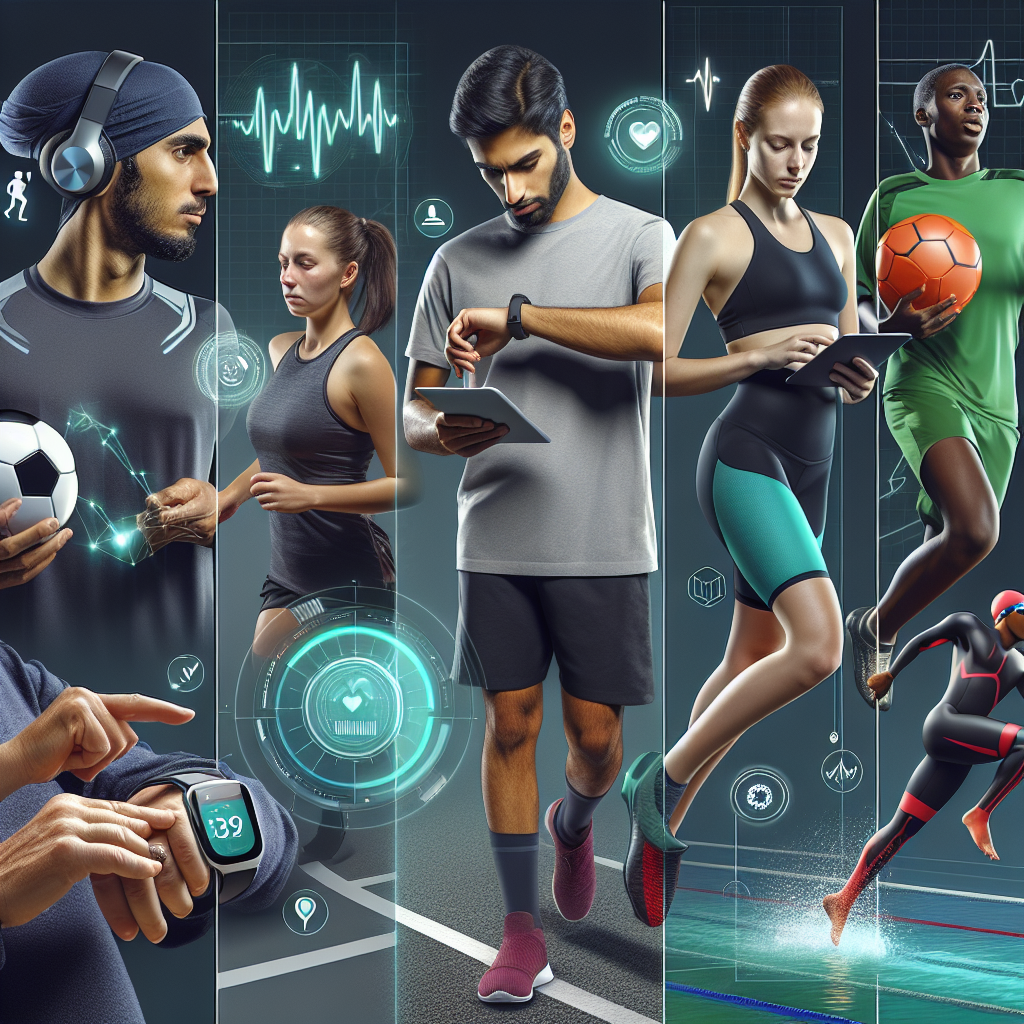In recent years, the use of artificial intelligence (AI) in sports injury prevention programs has gained significant traction. AI technologies have the potential to revolutionize the way athletes train, compete, and recover from injuries. By leveraging the power of AI, sports teams and organizations can create personalized injury prevention programs that are tailored to the specific needs of individual athletes, ultimately helping them stay healthier and perform at their best.
One of the key benefits of using AI in sports injury prevention programs is its ability to analyze vast amounts of data to identify patterns and trends that may not be apparent to human coaches and trainers. By collecting data from wearable devices, video analysis, and other sources, AI algorithms can detect subtle changes in an athlete’s movement patterns, biomechanics, and performance metrics that may indicate an increased risk of injury. This proactive approach allows coaches and trainers to intervene early and make adjustments to the athlete’s training program before a serious injury occurs.
Another advantage of using AI in sports injury prevention programs is its ability to provide real-time feedback and recommendations to athletes and coaches. For example, AI-powered wearable devices can track an athlete’s movements during practice or competition and provide instant feedback on their technique, form, and performance. This feedback can help athletes make immediate adjustments to their movements to reduce the risk of injury and improve their overall performance.
AI can also be used to create personalized training programs for athletes based on their specific strengths, weaknesses, and injury history. By analyzing data on an athlete’s past injuries, training regimen, and performance metrics, AI algorithms can identify areas of weakness or imbalance that may be contributing to the risk of injury. Coaches and trainers can then use this information to design targeted exercises and drills to strengthen these areas and prevent future injuries.
Furthermore, AI can be used to predict the likelihood of injury for individual athletes based on a variety of factors, such as age, gender, playing position, and injury history. By analyzing data from a large number of athletes, AI algorithms can identify common risk factors for specific types of injuries and develop predictive models that can help coaches and trainers identify athletes who may be at a higher risk of injury. This information can be used to adjust the athlete’s training program, modify their technique, or implement additional preventive measures to reduce the risk of injury.
In addition to injury prevention, AI can also play a valuable role in the rehabilitation process for athletes recovering from injuries. By collecting data on an athlete’s recovery progress, pain levels, and range of motion, AI algorithms can track their rehabilitation program and provide personalized recommendations for exercises, treatments, and rest periods. This can help athletes recover more quickly and effectively from injuries, reducing the risk of re-injury and allowing them to return to competition sooner.
Overall, the use of AI in sports injury prevention programs has the potential to revolutionize the way athletes train, compete, and recover from injuries. By leveraging the power of AI to analyze data, provide real-time feedback, and create personalized training programs, sports teams and organizations can help athletes stay healthier, perform at their best, and prolong their careers.
FAQs
Q: How does AI analyze data to prevent sports injuries?
A: AI algorithms analyze data from wearable devices, video analysis, and other sources to detect patterns and trends that may indicate an increased risk of injury. By tracking an athlete’s movements, biomechanics, and performance metrics, AI can identify areas of weakness or imbalance that may contribute to the risk of injury.
Q: Can AI provide real-time feedback to athletes and coaches?
A: Yes, AI-powered wearable devices can track an athlete’s movements during practice or competition and provide instant feedback on their technique, form, and performance. This feedback can help athletes make immediate adjustments to reduce the risk of injury and improve their overall performance.
Q: How can AI help with injury rehabilitation?
A: AI algorithms can track an athlete’s recovery progress, pain levels, and range of motion to provide personalized recommendations for exercises, treatments, and rest periods. This can help athletes recover more quickly and effectively from injuries, reducing the risk of re-injury.
Q: How accurate are AI predictive models for sports injuries?
A: AI predictive models are constantly improving as more data is collected and analyzed. While no model can predict injuries with 100% accuracy, AI algorithms can identify common risk factors and patterns that may indicate an increased likelihood of injury for individual athletes.

